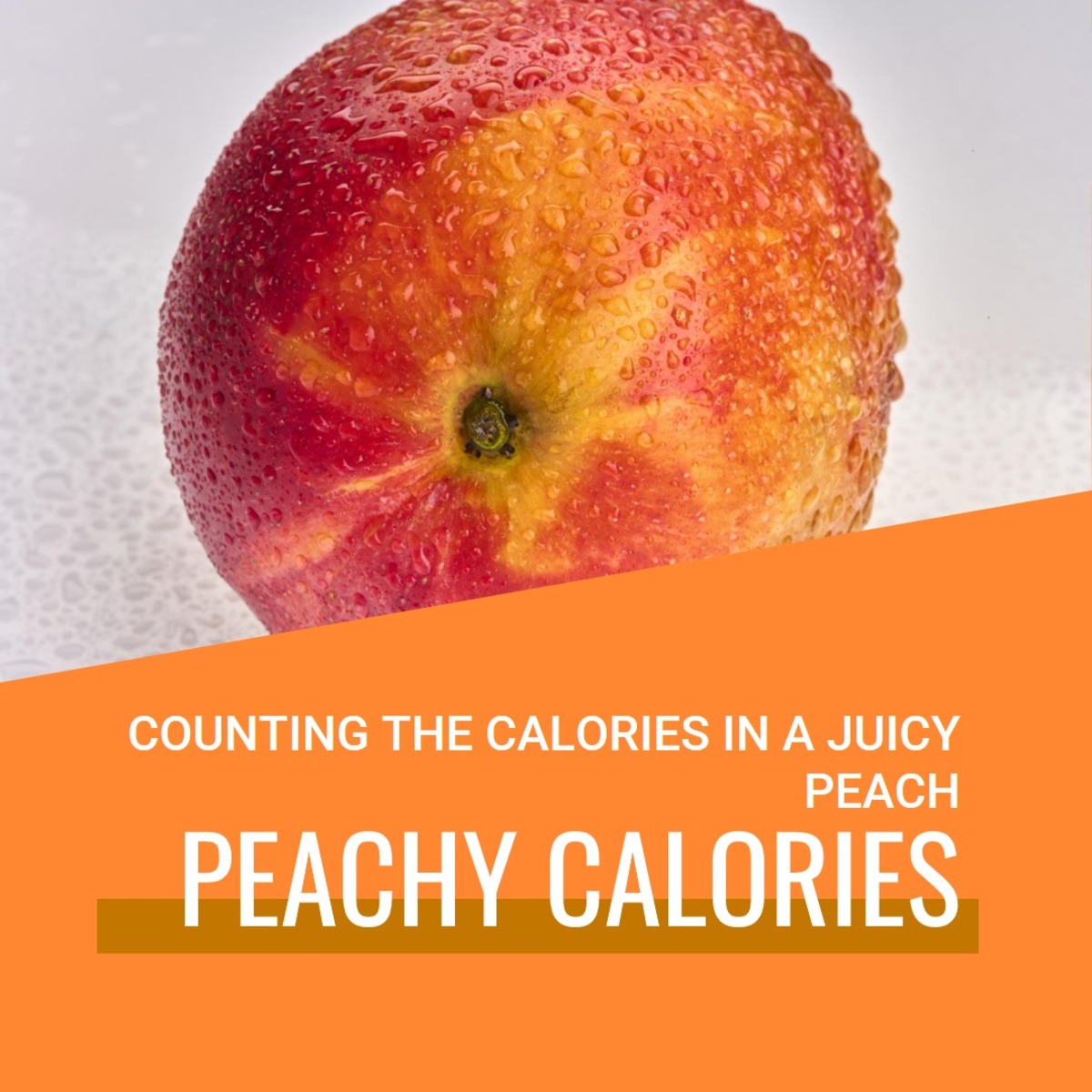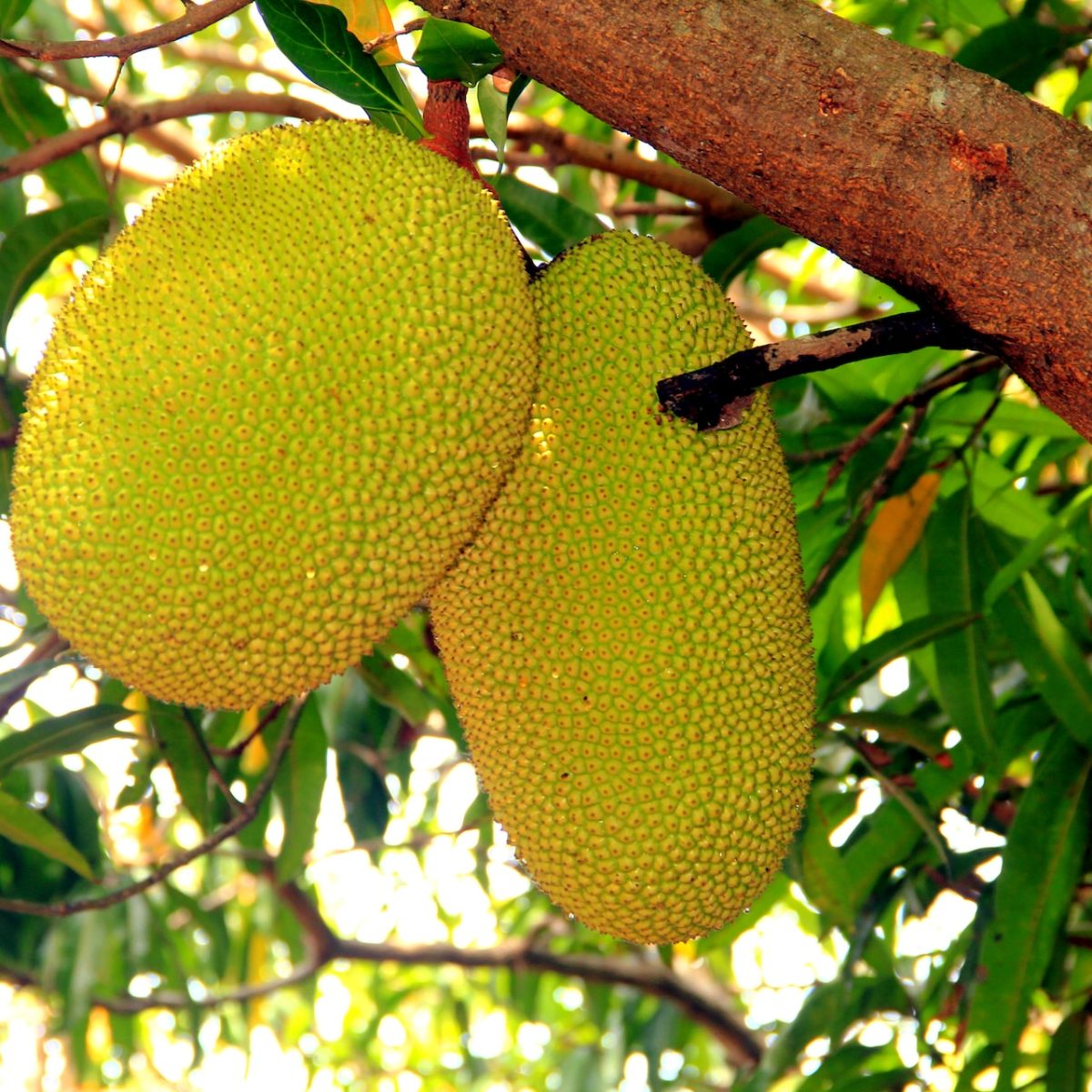Peaches are delicious fruits that can be enjoyed fresh, canned, dried, or cooked in various dishes. They are also nutritious and low in calories, making them a great choice for a healthy snack or dessert. But how many calories are in one peach fruit? And what are the factors that affect the calorie content of peaches? In this article, we will answer these questions and provide some tips on how to select, store, and use peaches.
Key Takeaways
- One medium peach (150 grams) has about 59 calories, mostly from carbohydrates.
- The calorie content of peaches depends on their size, preparation method, variety, ripeness, and season
- Peaches are rich in vitamin C, fiber, antioxidants, and other beneficial nutrients that may support your health and well-being.
What Are Peaches?
Peaches are stone fruits that belong to the genus Prunus, along with plums, apricots, cherries, and almonds. They have a thin, fuzzy skin that can be red, yellow, or white, and a juicy flesh that can be white or yellow. The flesh surrounds a hard pit that contains an edible seed.
Peaches are thought to have originated in China more than 8,000 years ago and were later spread to other parts of the world by traders and explorers. Today, peaches are grown in many countries, especially in temperate regions with warm summers and cold winters. The United States, China, Italy, Spain, and Greece are among the top producers of peaches.
Peaches can be classified into three main types based on how the flesh attaches to the pit:
- Clingstone: The flesh clings tightly to the pit, making it difficult to separate. These peaches are usually sweeter and juicier than other types and are preferred for canning, juicing, and making jams and preserves.
- Freestone: The flesh easily separates from the pit, making it convenient to eat fresh or use in baking and cooking. These peaches tend to be larger, firmer, and less juicy than clingstone peaches, but still have a sweet flavor.
- Semi-freestone: The flesh partially clings to the pit, but can be removed with some effort. These peaches are a hybrid of clingstone and freestone peaches and have characteristics of both types.
Peaches can also be classified by the color of their flesh:
- Yellow-fleshed peaches: These peaches have a yellow or orange flesh that may have red streaks near the pit. They have a more acidic and tangy flavor than white-fleshed peaches and are more common in North America and Europe.
- White-fleshed peaches: These peaches have a white or pale yellow flesh that may have pink or red blushes near the skin. They have a more delicate and sweet flavor than yellow-fleshed peaches and are more common in Asia and South America.
What Are the Factors That Affect the Calorie Content of Peaches?
Besides the size and preparation method, there are other factors that can affect the calorie content of peaches, such as:
- Variety: There are hundreds of varieties of peaches, each with different characteristics, such as color, shape, size, flavor, texture, and ripeness. Some varieties may have more or less sugar, water, or fiber than others, which can affect their calorie content. For example, white-fleshed peaches tend to have less sugar and fewer calories than yellow-fleshed peaches. However, the difference is not very significant, and the taste and preference of the consumer may matter more than the calorie content when choosing a peach variety.
- Ripeness: The ripeness of a peach can also affect its calorie content, as well as its flavor and texture. As a peach ripens, its starch content decreases and its sugar content increases, making it sweeter and softer. This means that a ripe peach may have slightly more calories than an unripe one, but it will also have more antioxidants and phytochemicals, which can benefit your health. Therefore, it is advisable to eat peaches when they are ripe and juicy, as they will have the best taste and nutritional value.
- Season: The season of the year can also influence the calorie content of peaches, as well as their availability and quality. Peaches are typically harvested from late spring to early fall, depending on the variety and location. During this time, peaches are freshest and most abundant, and they may have lower calories than peaches that are stored or imported from other regions or countries. Peaches that are grown in colder climates or during the off-season may have less flavor and more calories, as they may be treated with chemicals or ripened artificially. Therefore, it is advisable to eat peaches when they are in season and locally grown, as they will have the best taste and quality.
How Many Calories in One Peach Fruit?
The calorie content of one peach fruit depends on several factors, such as its size, variety, ripeness, and preparation method. According to the USDA, one medium peach (150 grams) has about 59 calories, 14 grams of carbohydrates, 2 grams of fiber, 1 gram of protein, and less than 1 gram of fat. Most of the calories come from natural sugars, such as glucose, fructose, and sucrose, which provide energy for your body.
The table below shows the approximate calorie content of different sizes and types of peaches:
Size/Type |
Weight (grams) |
Calories |
|---|---|---|
Small (2 inches diameter) |
130 |
51 |
Medium (2.5 inches diameter) |
150 |
59 |
Large (2.75 inches diameter) |
175 |
68 |
Extra large (3 inches diameter) |
224 |
87 |
Dried (1/4 cup) |
40 |
96 |
Canned in water (1/2 cup) |
122 |
29 |
Canned in juice (1/2 cup) |
122 |
58 |
Canned in syrup (1/2 cup) |
122 |
80 |
As you can see, the size of the peach affects the calorie content, with larger peaches having more calories than smaller ones. The variety and ripeness of the peach may also influence the calorie content, with sweeter and juicier peaches having more calories than less sweet and juicy ones. However, the difference is not significant and may vary depending on the growing conditions and season.
The preparation method of the peach also affects the calorie content, with dried, canned, and cooked peaches having more calories than fresh ones. This is because drying, canning, and cooking reduce the water content and increase the sugar concentration of the peaches, making them more calorie-dense. Additionally, some canned and cooked peaches may have added sugar, which adds extra calories.
What Are the Benefits of Eating Peaches?
Peaches are not only low in calories, but also rich in vitamin C, fiber, antioxidants, and other beneficial nutrients that may support your health and well-being. Some of the benefits of eating peaches are:
- Boosting your immune system: Peaches are a good source of vitamin C, which is an essential nutrient for your immune system. Vitamin C helps your body fight infections, heal wounds, and produce collagen, which is a protein that supports your skin, bones, and connective tissues. One medium peach provides about 17% of the daily value (DV) of vitamin C.
- Improving your digestion: Peaches are a good source of fiber, which is a type of carbohydrate that your body cannot digest. Fiber helps your digestion by adding bulk to your stool, preventing constipation, and feeding the beneficial bacteria in your gut. These bacteria produce short-chain fatty acids, which nourish your intestinal cells and reduce inflammation. One medium peach provides about 2 grams of fiber, which is 8% of the DV.
- Protecting your cells from damage: Peaches are rich in antioxidants, which are substances that protect your cells from damage caused by free radicals. Free radicals are unstable molecules that are produced by your body or the environment and can cause oxidative stress, which is linked to aging and chronic diseases. Peaches contain various antioxidants, such as vitamin C, vitamin E, carotenoids, flavonoids, and phenolic acids, which may help prevent or reduce oxidative stress.
- Supporting your eye health: Peaches are a good source of carotenoids, which are pigments that give peaches their yellow or orange color. Carotenoids are converted into vitamin A in your body, which is an essential nutrient for your eye health. Vitamin A helps your eyes see in low light, prevents night blindness, and protects your eyes from infections. One medium peach provides about 10% of the DV of vitamin A.
- Promoting your skin health: Peaches may also benefit your skin health, thanks to their vitamin C, vitamin E, and carotenoids content. Vitamin C and vitamin E are antioxidants that help your skin produce collagen, which is a protein that keeps your skin firm, elastic, and hydrated. Carotenoids are antioxidants that help your skin protect itself from sun damage, which can cause wrinkles, spots, and skin cancer. One medium peach provides about 5% of the DV of vitamin E.
How to Select, Store, and Use Peaches?
Peaches are available in most grocery stores and farmers’ markets from May to October, depending on the variety and region. When buying peaches, look for ones that are firm, plump, and free of bruises, cuts, or mold. The skin should be smooth and fuzzy, with a yellow or cream background and a red blush. The color of the blush does not indicate the ripeness or sweetness of the peach, but the variety and growing conditions. The peach should have a sweet and floral aroma and yield slightly to gentle pressure.
To store peaches, keep them at room temperature until they are ripe, which may take a few days. You can speed up the ripening process by placing them in a paper bag with a banana or an apple, which produce ethylene gas, a natural ripening agent. Once ripe, you can store peaches in the refrigerator for up to a week, but bring them to room temperature before eating to enjoy their full flavor and juiciness.
To use peaches, wash them well under running water and pat them dry with a paper towel. You can eat them whole or cut them into slices or wedges. To remove the pit, cut the peach along the seam and twist the halves apart. You can peel the skin with a knife or a vegetable peeler, or leave it on if you prefer. You can also blanch the peaches in boiling water for a few seconds and then plunge them into ice water to loosen the skin.
Peaches can be eaten fresh or used in various dishes, such as salads, smoothies, pies, cobblers, crisps, jams, preserves, and sauces. You can also grill, roast, or bake peaches to bring out their natural sweetness and caramelization. Peaches pair well with other fruits, such as berries, cherries, apricots, and plums, as well as with nuts, cheese, yogurt, honey, cinnamon, ginger, and vanilla.
Conclusion
Peaches are low-calorie fruits that are rich in vitamin C, fiber, antioxidants, and other beneficial nutrients. They may support your immune system, digestion, cell protection, eye health, and skin health. They are also delicious and versatile, and can be enjoyed fresh or cooked in various ways. Peaches are a great addition to your diet, as long as you consume them in moderation and avoid added sugar.
Frequently Asked Questions
- How many calories are in a peach smoothie? The calorie content of a peach smoothie depends on the ingredients and the portion size. A typical peach smoothie made with one medium peach, one cup of low-fat yogurt, and one cup of ice has about 200 calories. However, if you add other fruits, nuts, seeds, honey, or milk, the calorie content will increase accordingly. You can use a calorie calculator to estimate the calories of your peach smoothie based on the ingredients and the amount you use.
- How many calories are in a peach pie? The calorie content of a peach pie also depends on the ingredients and the portion size. A typical slice of peach pie (1/8 of a 9-inch pie) made with fresh peaches, sugar, flour, butter, and a pastry crust has about 360 calories. However, if you use canned peaches, more sugar, or a different type of crust, the calorie content may vary. You can also reduce the calories by using less sugar, a lower-fat crust, or a smaller slice.
- How many calories are in a peach cobbler? A peach cobbler is a baked dessert that consists of peaches topped with a biscuit-like dough. The calorie content of a peach cobbler depends on the ingredients and the portion size. A typical serving of peach cobbler (1/6 of a 9x13-inch dish) made with fresh peaches, sugar, flour, butter, milk, and baking powder has about 330 calories. However, if you use canned peaches, more sugar, or a different type of topping, the calorie content may change. You can also lower the calories by using less sugar, a lower-fat topping, or a smaller serving.
Sources
- Peach Nutrition Facts and Health Benefits - Verywell Fit
- 10 Surprising Health Benefits and Uses of Peaches - Healthline
- Health Benefits of Peaches: A Delicious Summer Fruit
- Health Benefits of Eating Peaches
- Peach: Nutrition, Benefits, Side effects and Recommended quantity
- 10 Surprising Health Benefits and Uses of Peaches
- Health Benefits & Nutrition of Peach | Organic Facts
- 9 Peach Benefits for Skin, Health, Nutrition - Greatist
- Peach Varieties Guide - Characteristics, harvest dates, and uses for ...
- 7 Types of Peaches: A Guide to Popular Peach Varieties
- The Most Popular Types of Peaches for Eating and Baking - Taste of Home
- Guide to Peach Varieties - Lane Southern Orchards








